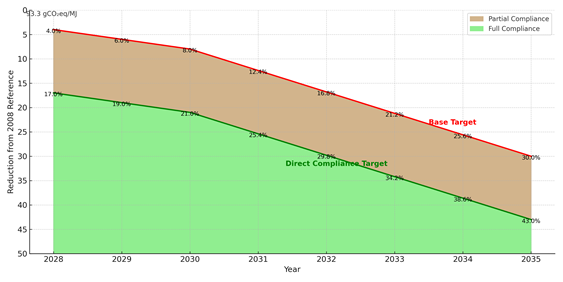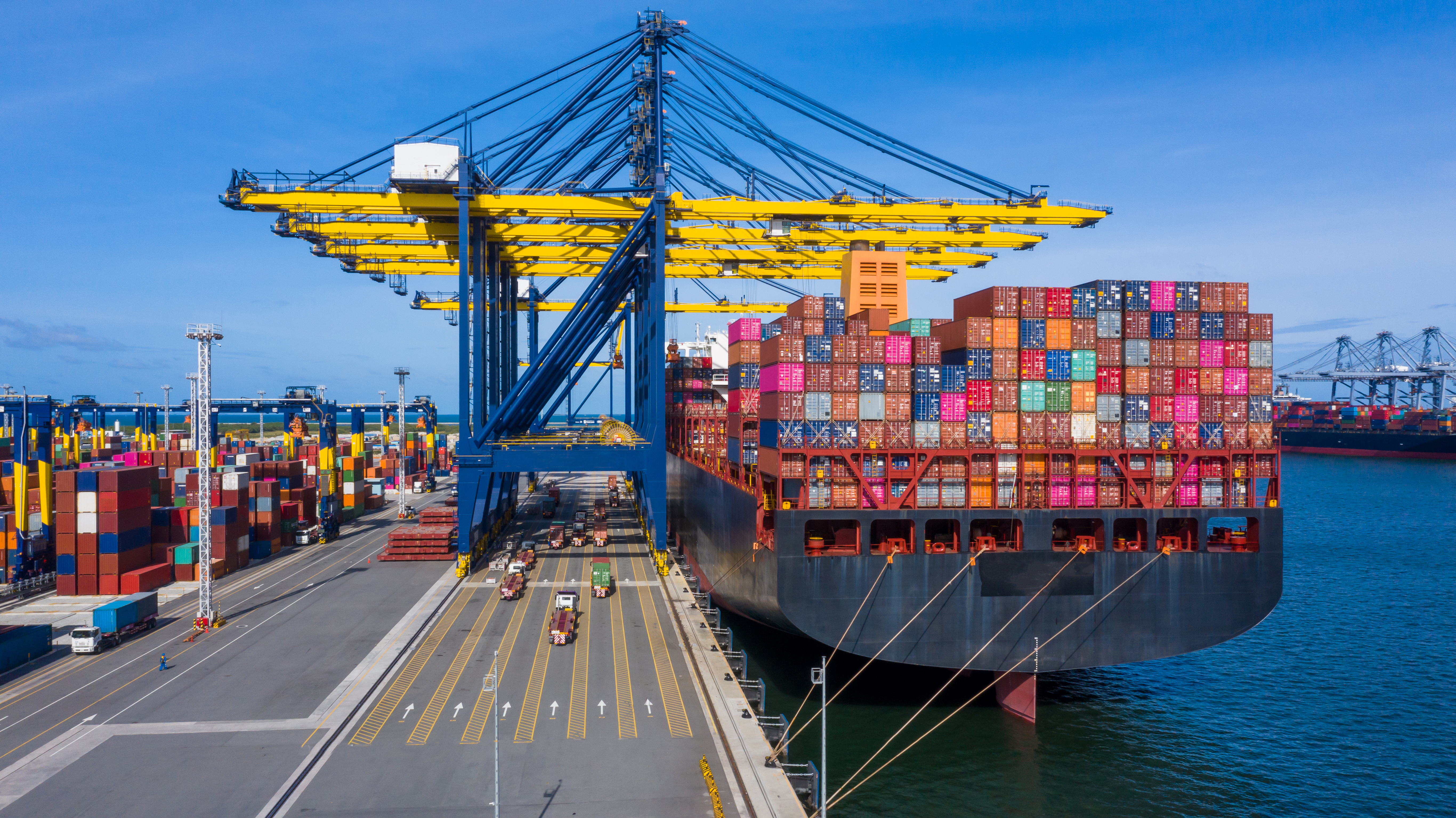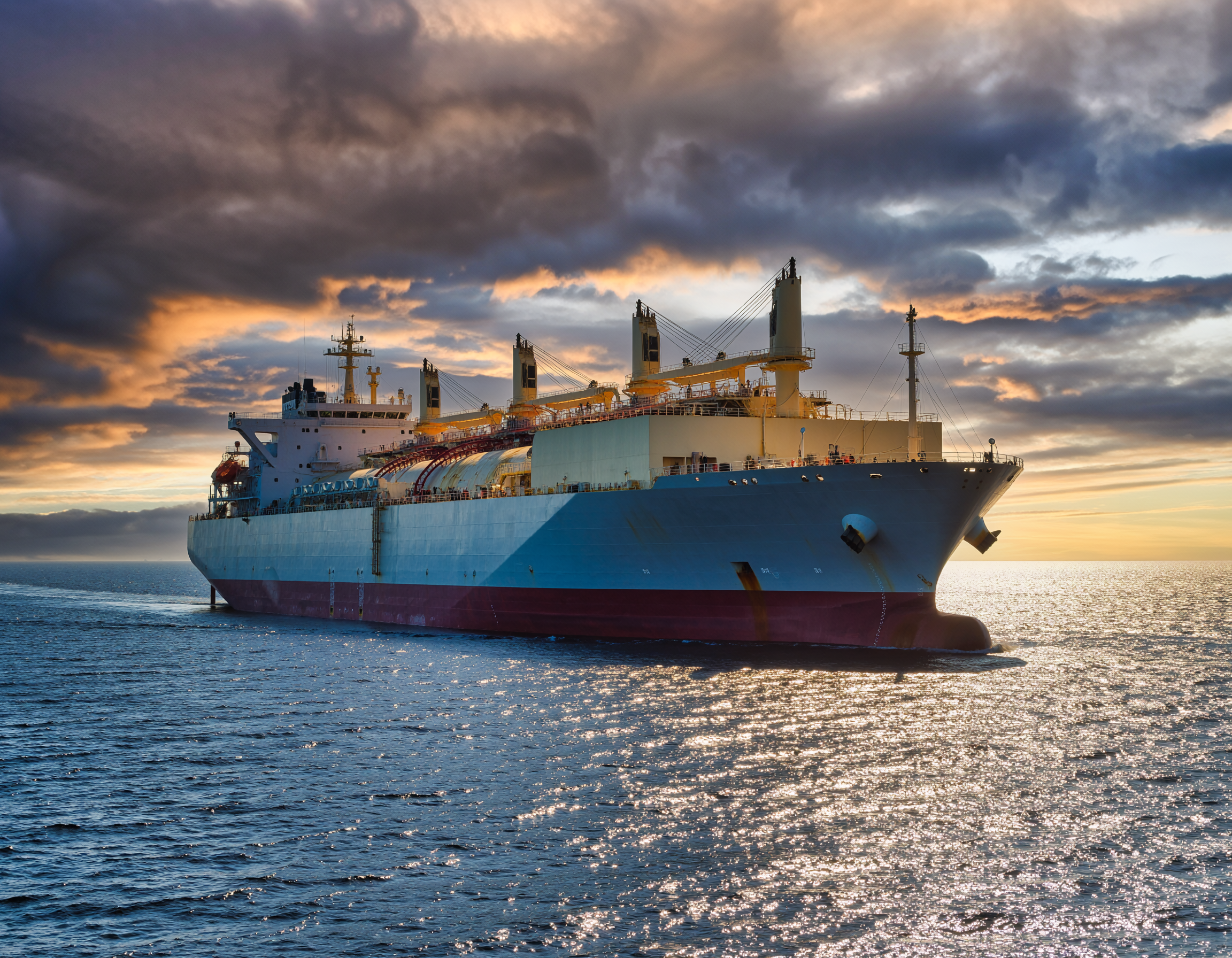2025年4月7日から11日にかけてロンドンにて開催された国際海事機関(IMO)の海洋環境保護委員会(MEPC)第83回会合は、船主、運航会社、船員にとっての今後の規制の方向性を形成する、重要な進展がありました。
MEPC 83では、新たな燃料基準に関する規制案が承認され、MARPOL附属書VI改正案として締約国に配布されました。この改正案は本年秋(2025年10月)開催予定のMEPC第2回臨時会合で採択の審議にかけられます。
The 83rd session of the IMO’s Marine Environment Protection Committee (MEPC 83), held from 7–11 April 2025 in London, has concluded with important developments that will shape the future regulatory landscape for shipowners, operators, and seafarers. During MEPC 83 regulatory text related to a new fuel standard was finalised and circulated to the MARPOL Annex VI parties ahead of their anticipated adoption at the 2nd Extraordinary Session of MEPC in Autumn this year (October 2025).
The new fuel standard - A two-tier path to decarbonisation
The proposed framework, set to come into force in 2027 (with assessments from 2028), targets all ships ≥5,000 GT (excluding domestic-only vessels, FPSOs, FSUs, drilling rigs, and semi-submersibles). It requires ships to progressively reduce their GHG Fuel Intensity (GFI) — defined as well-to-wake gCO₂eq (grams of CO2 equivalent) emissions per MJ of energy consumed — compared to a reference value of 93.3 gCO₂eq/MJ derived from the year 2008.
The fuel intensity reduction percentages over the years starting 2028 are laid down in the figure below:

Ships will be required to report the average greenhouse gas (GHG) intensity of their fuel consumption annually. This will enable the IMO to assess whether actual emission reductions align with regulatory targets. The compliance framework is structured with a tiered penalty and incentive system.
Scenario 1, The reduction percentages exceed Direct Compliance Target (i.e. the green zone in the figure above):
No carbon levy is applied. These ships will generate surplus credits, which can be banked or traded with other ships.
Scenario 2, Meets or exceeds the Base Target but not Direct Compliance Target (i.e. the light brown zone in the figure above):
A “Tier 1” levy of USD 100 per tonne of CO₂ equivalent is applied for the shortfall between the actual reductions achieved and the Direct Compliance Target.
Scenario 3, Fails to meet Base Target (i.e. the white area above the red line):
Ships must either pay a higher (“Tier 2”) penalty of USD 380 per tonne of CO₂ equivalent for the shortfall between the actual reductions achieved and the Direct Compliance Target or purchase surplus credits from vessels that have met the Direct Compliance Target. The application of the Tier 2 levy (i.e. $380/tonne) rather than the Tier 1 Levy ($100/tonne) over the full shortfall between the actual reductions achieved and the Direct Compliance Target is designed to create a strong incentive to at least achieve the Base Target.
By 1 January 2032, the Committee shall determine the reduction factors for the Base Target and Direct Compliance Target for the years 2036 to 2040 (i.e. the next period beyond that shown in the graph above) although the Committee has already determined that the 2040 reduction factor for the Base Target shall be set at 65%.
Uptake of ZNZ GHG emission technologies
Ships may receive rewards from the IMO Net-Zero Fund for the (Zero or Net Zero) ZNZs used. The GFI threshold for ZNZs shall be set at not greater than 19 gCO2eq/MJ for an initial period until 31 December 2034 and 14.0 gCO2eq/MJ. from 1 January 2035. Zero or near-zero shall include technologies, fuels and energy sources and be evaluated on a well to wake basis. The reward, and the methodology to determine such reward is to be defined no later than 1 March 2027 and every five years thereafter by the Committee.
A simplified cost and compliance calculator, developed by the Global Centre for Maritime Decarbonisation (GCMD), helps shipowners estimate the operational impacts of the new pricing system. You can access the calculator here:
GCMD GFI-linked Pricing Calculator
Fuel Certification and Reporting Requirements
The new framework builds on and expands the current Data Collection System (DCS) and SEEMP Part II. From 2028, each ship must maintain a verified plan onboard that details how it will calculate and report its annual GFI.
- All GHG emission factors and sustainability claims must be certified by an approved Sustainable Fuels Certification Scheme (SFCS).
- A Fuel Lifecycle Label (FLL) must accompany each fuel delivery.
- A list of approved SFCSs will be published by 1 March 2027.
What ship operators can do now:
- Review their fleet’s fuel strategy, even for non-EU voyages.
- Model their GHG intensity to understand where they may face compliance gaps.
The road ahead:
- October 2025 : Formal adoption of the Net-Zero amendments at an extraordinary MEPC session.
- Spring 2026 (MEPC 84): Final approval of detailed implementation guidelines.
Other Key Outcomes from MEPC 83
The Marine Environment Protection Committee (MEPC) adopted several other significant amendments and guidelines, including:
- Updates to the NOx Technical Code 2008, specifically regarding the certification of existing engines undergoing substantial modifications. This includes draft guidance on the content of the Engine Emission Test Plan, which will be published via an MEPC circular.
- Revisions to MARPOL Annex VI and the NOx Technical Code 2008 to incorporate the use of Multiple Engine Operational Profiles (MEOPs).
- Amendments to the NOx Technical Code 2008 pertaining to Selective Catalytic Reduction (SCR) Guidelines.
- Modifications to the 2021 Guidelines on Carbon Intensity Reduction Factors (CII reduction factors, G3), although some delegations expressed reservations. At this session, discussions were held on the reduction factors for the period after 2027. As a result, it was agreed that the reduction factor would increase by 2.625% annually, reaching 21.5% by 2030.
- Updates to the 2024 Guidelines for developing a Ship Energy Efficiency Management Plan (SEEMP).
- New guidelines for measuring methane (CH₄) and nitrous oxide (N₂O) emissions, both in test-bed and onboard conditions for marine diesel engines.
- Revisions to the 2022 Guidelines for the survey and certification of the Energy Efficiency Design Index (EEDI)
Additionally, the Committee approved:
- Changes to Regulation 27 of MARPOL Annex VI to enhance accessibility to the IMO Ship Fuel Oil Consumption Database (DCS), while emphasizing the need to reinforce data anonymization under the 2022 guidelines.
- A North-East Atlantic Emission Control Area (ECA) designation for SOx, NOx, and Particulate Matter (PM).
- Guidance on in-water cleaning for ship biofouling, alongside a draft MEPC circular, potentially leading to mandatory requirements.
- A draft MEPC circular offering interim guidance on the carriage of biofuel blends (up to 30%) by conventional bunker vessels.
- The draft 2025 Action Plan to Address Marine Plastic Litter from Ships.
Progress was also made on the following fronts:
- The ongoing review of the Ballast Water Management Convention, including an updated list of provisions and the current status of proposed amendments. A re-established Correspondence Group will finalize draft amendments to mandatory instruments and the BWMS Code.
- The development of a regulatory framework for Onboard Carbon Capture and Storage (OCCS), with a draft work plan for future deliberations.
As always, the UK Club will continue to monitor progress and support members in navigating this evolving regulatory landscape.
If you have any queries, please contact Ansuman Ghosh (Director of Risk Assessment), Patrick Ryan (Sustainability Director) or your usual Club representative.




![The Solomon Trader [2025] EWCA Civ 1387: 控訴院「Pay to be Paid 」ルールを支持](/fileadmin/uploads/ukpandi/News_Images/AdobeStock_104743067.jpeg)